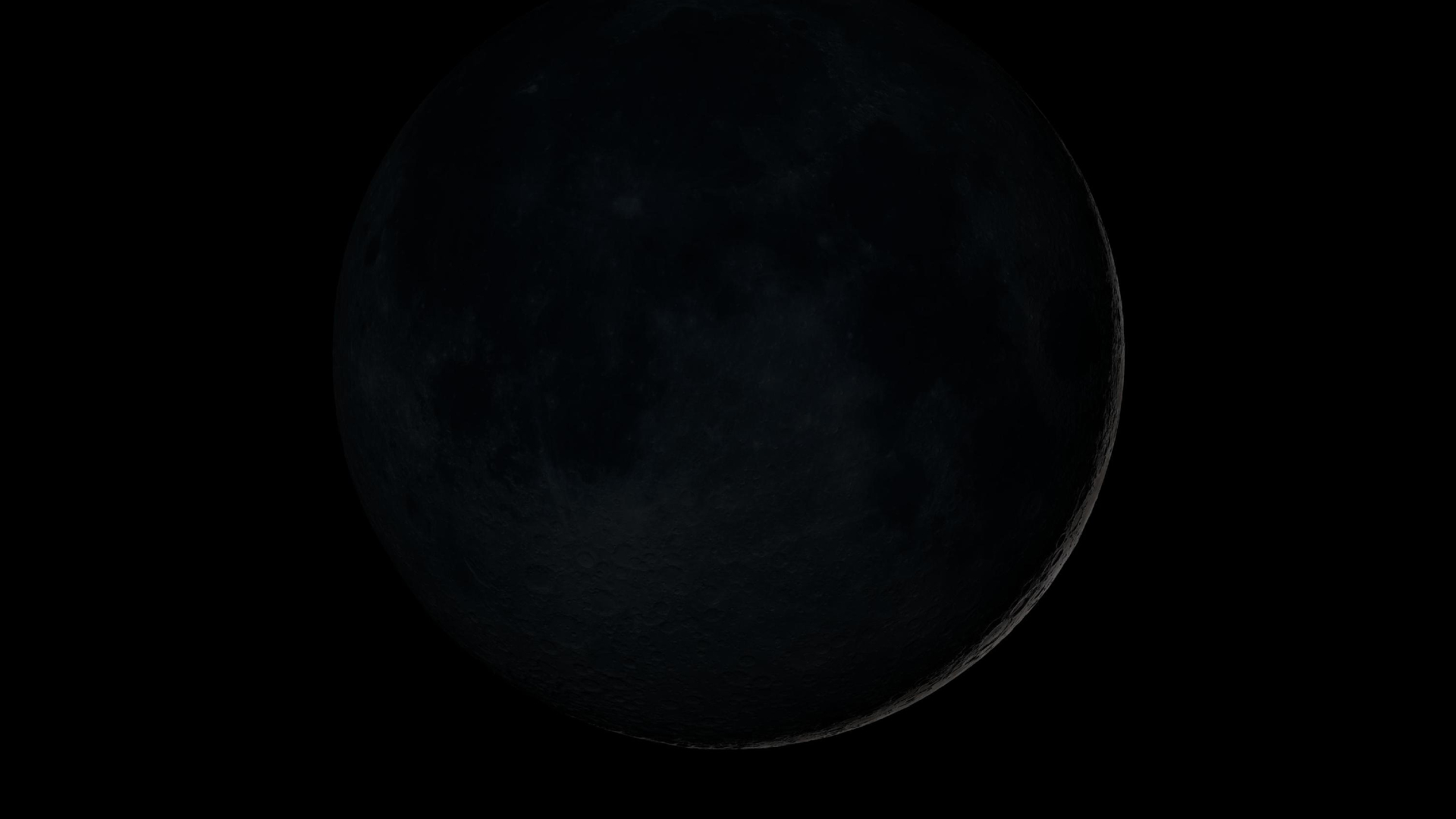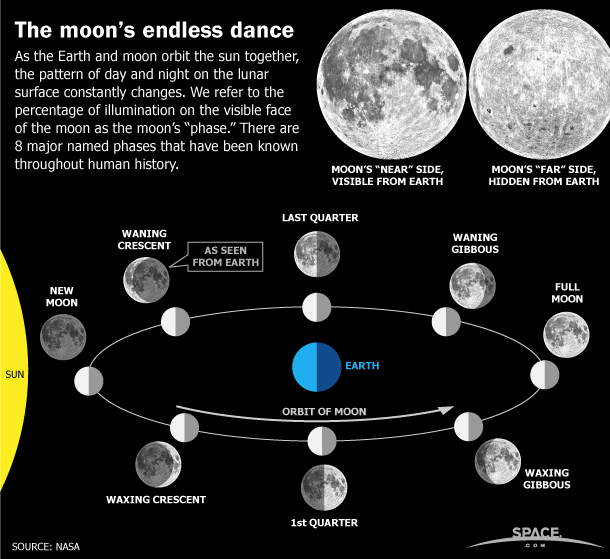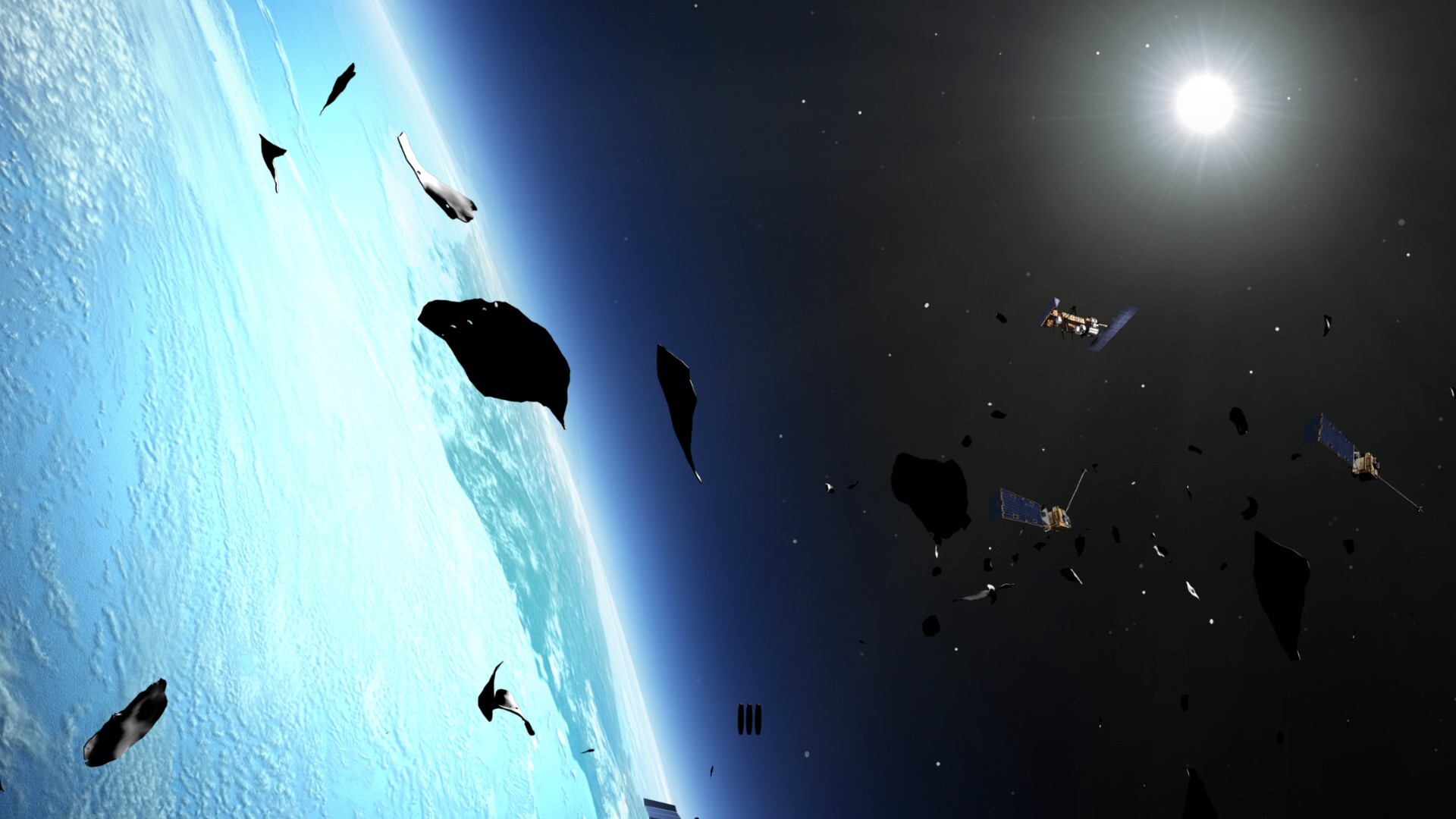Black Moon: What is it and why does it occur?
A black moon is a rare occurrence.

When is the next Black Moon?
The next Black Moon will occur on Aug. 31, 2027. This is considered a Black Moon under the definition of the second new moon within a single calendar month.
What is a Black Moon?
A Black Moon is not an official astronomical term but there are two common definitions for the term according to Time and Date:
- The second new moon in a single calendar month.
- The third new moon in a season of four new moons.
While a full moon refers to the moon phase when the moon's Earth-facing side is fully illuminated by sunlight, a new moon refers to the moon phase when the moon's Earth-facing side is fully in shadow. (Unfortunately, that means the Black Moon will be more or less invisible.)
Related: Full moon names
Why is a Black Moon rare?
A Black Moon is a fairly rare occurrence.
Because the lunar calendar almost lines up with Earth's calendar year, there is typically one full moon and one new moon each month. A second full moon in a single calendar month is sometimes called a "Blue Moon." By this definition, a Black Moon is the flip side of a Blue Moon: the second new moon in a single calendar month. These Black Moons occur approximately once every 29 months and are the most common type of Black Moon according to Time and Date.
By the second definition, a Black Moon refers to an extra full moon in a season. Because Earth's seasons are approximately three months long, they typically have three new moons. When a season has four new moons the third new moon is called a Black Moon. These seasonal Black Moons occur about once every 33 months according to Time and Date.
When is the next Black Moon?
The next Black Moon by the seasonal definition of the term will occur on Aug. 23, 2025.
Breaking space news, the latest updates on rocket launches, skywatching events and more!
The next Black Moon by the second new moon in a calendar month definition of the term will occur on Aug. 31, 2027.
Black Moon viewing opportunities
During its "new moon" phase, the moon is always "black". It happens at that time of the month when the moon passes through the same part of the sky as the sun and as such, the moon's dark or unilluminated side faces Earth. So there really is nothing to see.
Unlike a "supermoon," which gets countless numbers of people scurrying for vantage points to see a slightly larger and slightly brighter-than-average full moon, with a Black Moon, you simply can't see it.
A couple of evenings later, however, you'll be able to pick out a slender sliver of a waxing crescent moon low in the western twilight sky about 30 or 40 minutes after sunset local time.
Related: Night sky: What you can see tonight [maps]
Some people mistakenly refer to the appearance of any thin lunar crescent as the "new moon." This fallacy has even spread into popular literature. In his classic work "A Night to Remember," about the sinking of the Titanic, author Walter Lord quotes a fireman in a lifeboat who caught sight of a narrow crescent low in the dawn sky and exclaimed, "A new moon!"
Additional resources
Learn more about Black Moons with BBC Newsround and National Geographic.
Bibliography
Aparna Kher, timeanddate.com, When Is The Next Black Moon?
National Geographic, What is a 'black moon', and how often does one happen?
BBC Newsround, What is a Black Moon?
Vanessa Thomas, NASA’s Goddard Space Flight Center, Partial Solar Eclipse on April 30, 2022. NASA Science.
Joe Rao serves as an instructor and guest lecturer at New York's Hayden Planetarium. He writes about astronomy for Natural History magazine, the Farmer's Almanac and other publications, and he is also an on-camera meteorologist for News 12 Westchester, N.Y. Follow us on Twitter @Spacedotcom and on Facebook.

Joe Rao is Space.com's skywatching columnist, as well as a veteran meteorologist and eclipse chaser who also serves as an instructor and guest lecturer at New York's Hayden Planetarium. He writes about astronomy for Natural History magazine, Sky & Telescope and other publications. Joe is an 8-time Emmy-nominated meteorologist who served the Putnam Valley region of New York for over 21 years. You can find him on Twitter and YouTube tracking lunar and solar eclipses, meteor showers and more. To find out Joe's latest project, visit him on Twitter.
- Daisy DobrijevicReference Editor
You must confirm your public display name before commenting
Please logout and then login again, you will then be prompted to enter your display name.

